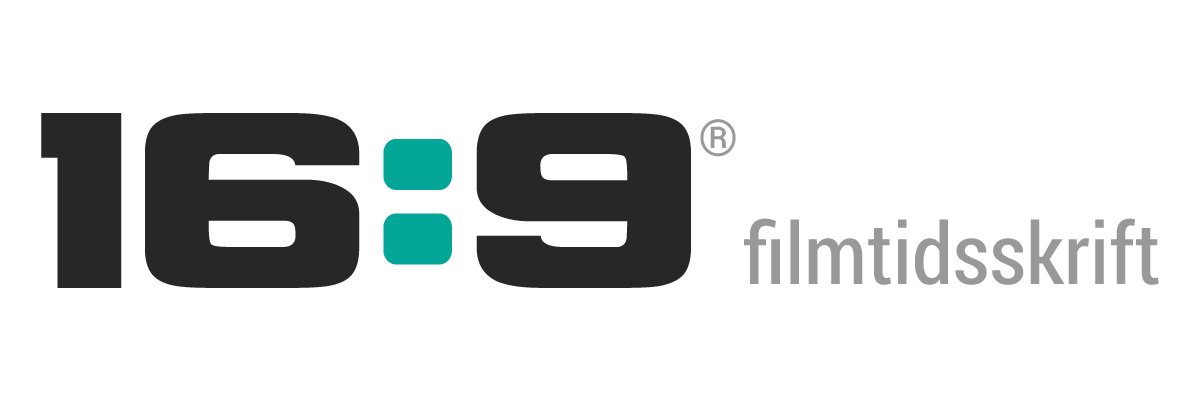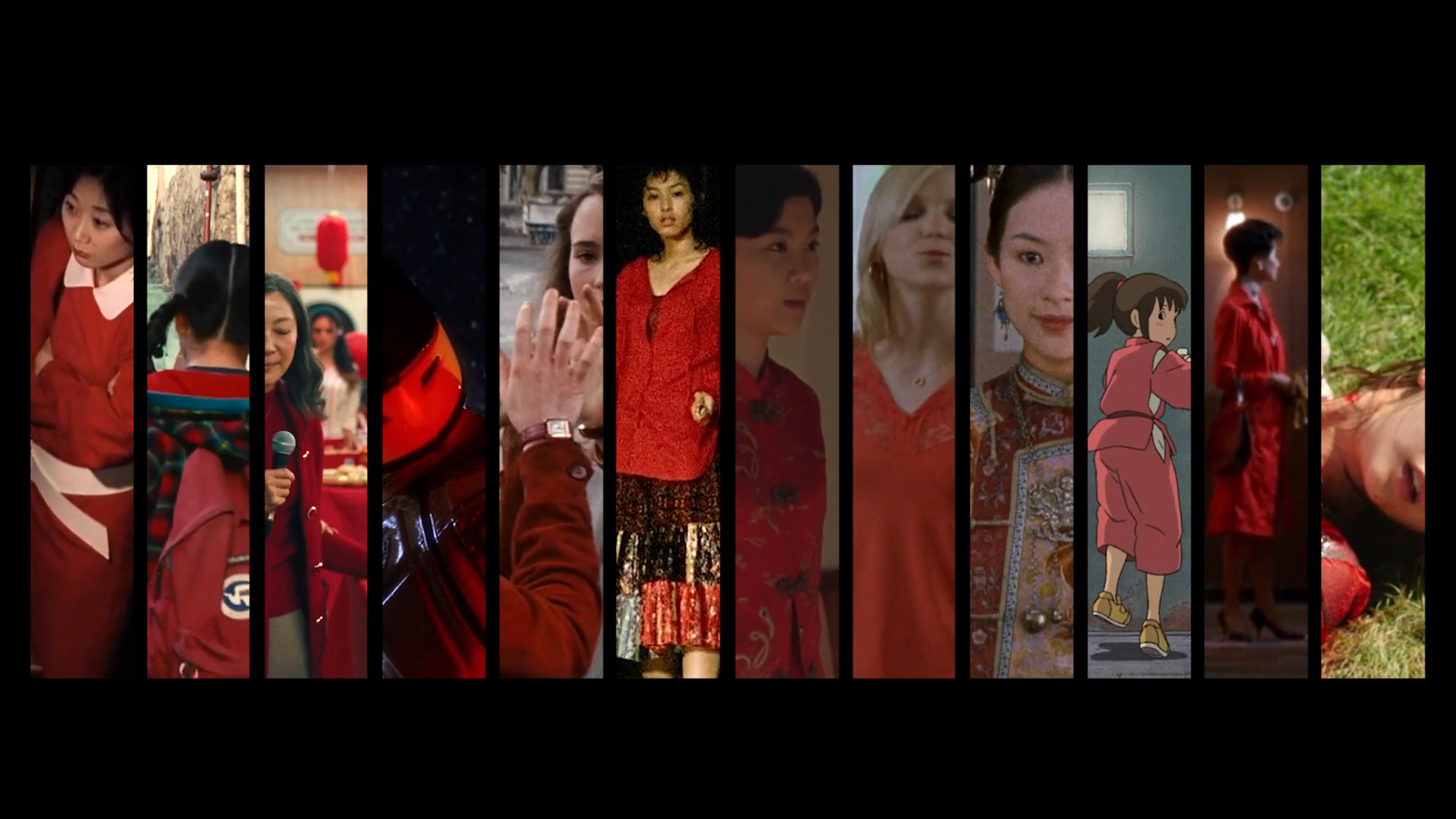This video was made as part of “One Hundred Movies Walk into a Bar…” – a collaborative videographic workshop organized by Ariel Avissar and Colleen Laird during the summer of 2025. The workshop was conceived as a collective response to The New York Times’ recently-published list, “The 100 Best Movies of the 21st Century.” Participants were prompted to treat this list as a generative provocation, inviting critique, remix, reflection, and play. The resulting pieces were diverse in tone and form, ranging from experimental collage to critical commentary, but all emerged through a shared process of communal creation, screenings, feedback sessions, and iterative revision. A selection of these is published here in 16:9, and the entire collection is curated here.
For my contribution to the project, I focused on the New York Times selections that were made, or featured scenes located, in East Asia; namely Japan, China, Hong Kong, Taiwan, and South Korea. In reference to one of project collaborator Ariel Avissar’s earlier projects, “The TV Dictionary,” I picked a word that I felt defined these choices and then gathered definitions from both dictionaries and scholarly writings. I organized the video into sections, one per definition, and made formal choices for each that resonated with how I perceived these definitions related to various deployments of “orient” that have developed since Edward Said’s original work, Orientalism, in 1978. As such, these choices are anchored in the false perception of the fictional “Orient” that still remains in global imaginations, as we can see clearly spelled out in the descriptions of the various selected films in the fifth section. So, for example, while the video begins with a tidal wave of voices untranslated/unsubtitled into English for the (mostly) Anglophone audience of the New York Times list, I chose dialogue from the source films that was spoken by characters wondering where they or someone else were, ending with the repeated Japanese phrase “Can you hear that?” to 1) underscore that the characters in these fictional places of the “Orient,” too, are lost in imaginary projections and 2) to signify who this video might speak to on a subtextual level.
Each section is a bit pointedly cheeky and stylized in this respect. Such as, for another example, the use of unsubstantiated pie charts, generated by ChatGPT, of speculative industry production numbers and dubious genres (e.g., “feature”) that nevertheless make the point that of all the films arising from a given production context these are the few that garnered international attention/distribution. I made such formal choices in concert with the final definition of “orient,” which is conceptualized as a canny self-referential deployment in Rita Rongyi Lin’s theorization of “plastic Orientalism:” “a self-stylized spectacle that reappropriates stereotypes with irony and excess, often for global display.”

Facts
16:9 is publishing six selected works form the collaborative videographic workshop “One Hundred Movies Walk into a Bar…” organized by Ariel Avissar and Colleen Laird during the summer of 2025.
“See Under: Orient” by Colleen Laird (the current one, see above) is the first work in this series. Links to the rest will follow, when they get published during the next weeks:
- “See Under: Orient” by Colleen Laird (current).
- “Parasite and the Ones Below” by Wickham Flannagan.
- “All About Numbers: 100 Films – 11 Women” by Barbara Zecchi.
- “One Hundred (Lonely) Movies Walk Into a Bar” by Benedetta Andreasi.
- “Seen, Heard: Language Use in the ‘Best Movies’” by Jeffrey Romero Middents.
- “But What Do They Sound Like?” by Ariel Avissar.

